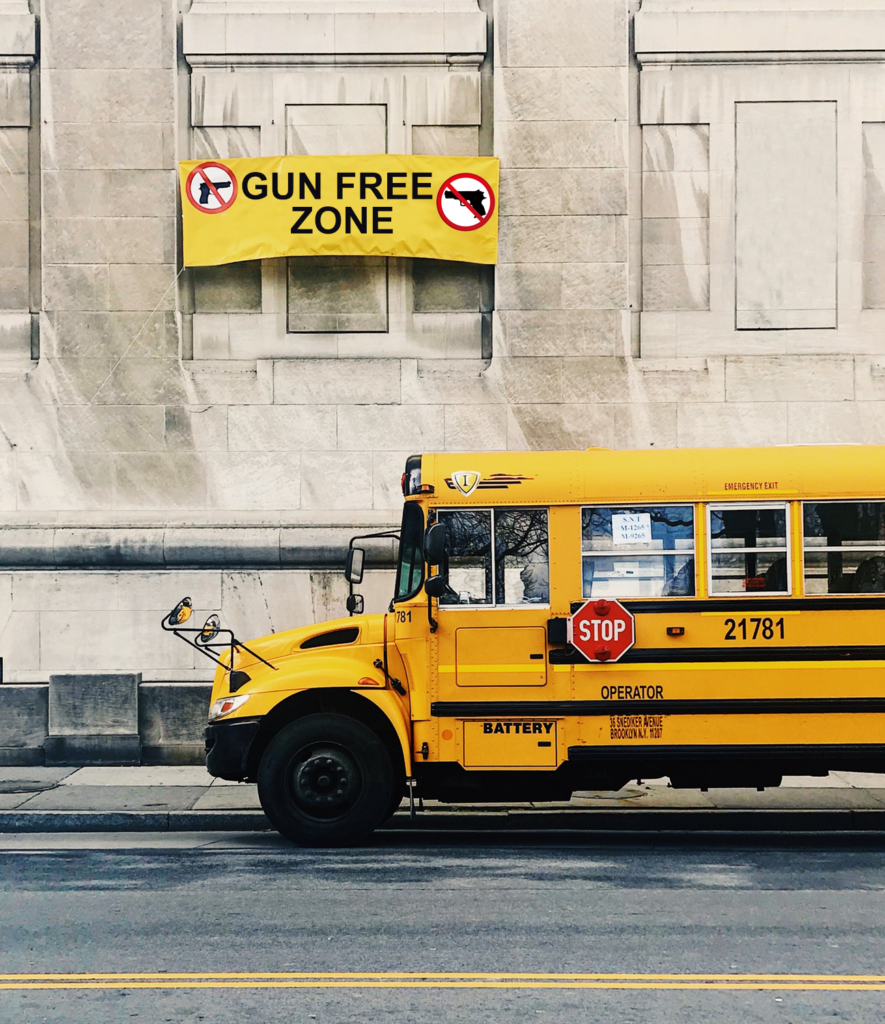Shootings are now responsible for more fatalities than all war deaths since the founding of America
Over the past week, the U.S. experienced three school shootings. National attention has again been painfully drawn to protecting the country’s school campuses, workplaces and churches. The #1 question is what to do.
How can officials prevent and contain active shooters? The tragedies have been horrific and the grief is unbearable. Something must be done!
In the past, resources have focused on two areas: identification and response. Identification involves locating the shooter and communicating that location to emergency personnel. Response is related to actions taken to provide medical care and contain the incident. To use a public health analogy, if a school shooting was the flu, identification would include noticing the symptoms and communicating concern to doctors. Response would be related to treatment plans designed to contain the virus and care for those already infected.
Looking at the nation’s staggering statistics, it’s obvious that current tactics are not working.
As of May 17, there had been 100 mass shooting incidents in the U.S. this year. And, since 1968, there have been 1,516,863 gun-related deaths. Compare that number to this…in the U.S., there have been 1,396,733 war deaths since the founding of this country. Check it out if you don’t believe these unbelievable statistics.
A 2015 investigation found that the annual cost of gun violence to the U.S. is $229 billion. That represents 1.4 percent of the country’s total gross domestic product.
Here’s something else that few people realize – 45.6 percent of active shootings take place in businesses, while 24.4 percent take place in schools and 10 percent in government facilities. These three places are the greatest danger zones.
 There are several steps that experts are recommending to prevent and/or mitigate the effects of a shooting:
There are several steps that experts are recommending to prevent and/or mitigate the effects of a shooting:
**Security audits should be performed. Security audits focus on identifying areas that pose immediate safety risks. Some schools have relied on in-house personnel to conduct self-assessments. Perhaps this type of action should be left to third parties because it is necessary to objectively think through all types of emergency situations. An audit report should provide guidelines related to escape routes, hiding places, notification processes and ways to block entry to vulnerable areas.
** Awareness training should be conducted. Training should be ongoing and continual. People should be instructed about how to respond to specific types of dangers and/or emergencies. One law enforcement model focuses on a method called avoid, deny and defend. It offers an alternative to a traditional model of alert, lockdown, inform, contain and evacuate. It gives those in an emergency situation a more active role. Whatever method is used, continual training provides insight designed to save lives.
**Use all types of data. Useful data – Data that might possibly prevent shootings comes in many forms. Some of it can be pulled from online activity and other beneficial data can be obtained from social media. Behavioral data and reports are also important and should be analyzed and held in a central system. A study by the U.S. Secret Service commissioned after the Columbine school shooting tragedy suggests analyzing data may be the best insight available to prevent another school shooting incident. Finally, there is AI (artificial intelligence) technology that can collect and report problems that are encountered through data gathering from social media behavior and online search history related to individuals.
Schools throughout the country are asking for funding to address this problem. New Hanover County Schools In North Carolina requested a $150,000 appropriation for a district-wide safety audit. The request is in addition to an allocation of $12,100 that is designated to train faculty and staff on how to handle emergency situations and $93,000 to upgrade and make school entrances safer.
After undergoing a security audit earlier this year, the Durango School District in Colorado is making major changes to most facilities. Changes include transforming more doors into emergency exits that will be equipped with alarms. A new visitor’s center will verify visitor’s identities before permission to enter buildings is granted and school officials are working with local law enforcement agencies to enhance school safety and provide training to teachers and administrators.
The Clarkstown School District in New York requested $1.8 million for enhancing school safety. Officials want to hire additional mental health professionals, conduct security audits and train employees to respond to any type of situation.
It is time for change. Most methods to prevent and contain shootings have not been successful and there are no great new ideas. Too many innocent lives have been lost and too many families have been destroyed. America is better than this. It’s time to take an entirely different approach to public safety. Do we need gun control in America? It certainly seems we do.
SPI’s government contracting consultants have decades of experience and personal relationships at all levels of government. Learn how they can help your company grow your business by contacting them today.

 512-531-3900
512-531-3900 Request More Info
Request More Info
